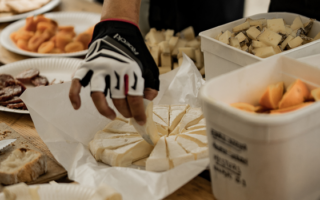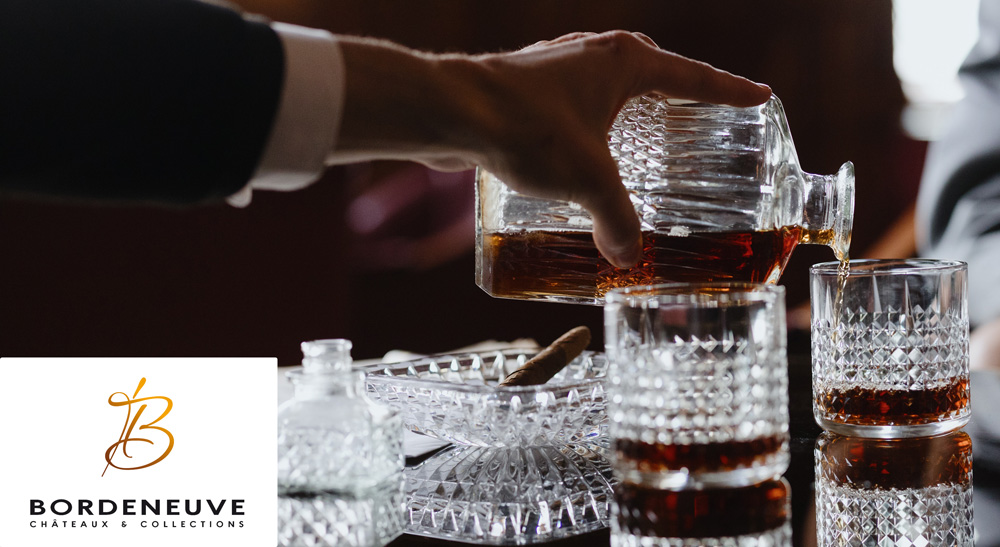
The Baron’s Blog: Eau-de-vie 101 – similarities and differences between Armagnac, Cognac and Calvados
It’s probably best to start with the principal similarities between these beautiful beverages. Armagnac, Cognac and Calvados are collectively known as the ‘Three Noble French Eaux-de-vie’. They are all technically brandies, being distilled from fermented juice, then aged in oak. They each have AOC status and must, by law, be grown and produced in their region of origin, to a minimum commerce-ready alcohol volume of 40%.
Their common origin is that they were initially produced to replace poor drinking water and to preserve wine and cider quality during transportation. Oh, and they all taste très bon!
Let us now turn to their principal differences. Both Armagnac and Cognac are made from white grapes (ten varieties for Armagnac and six for Cognac, although 98% of Cognac comes from the Ugni Blanc varietal). Meanwhile, Calvados is made from apples of which there are over 230 varieties, representing four flavour profiles: sweet, sharp, bittersweet and bittersharp.
Cognac made its first appearance in the 16th century with Dutch traders using distillation techniques for wine preservation on the journey back home from Charente. By the 18th century, refinement in these techniques led to a second distillation being introduced for the production of Cognac and today, this two-stage process, lasting around 24 hours in total, is still employed, using the Charentais copper still to obtain an eau-de-vie of 70-72% alcoholic volume.
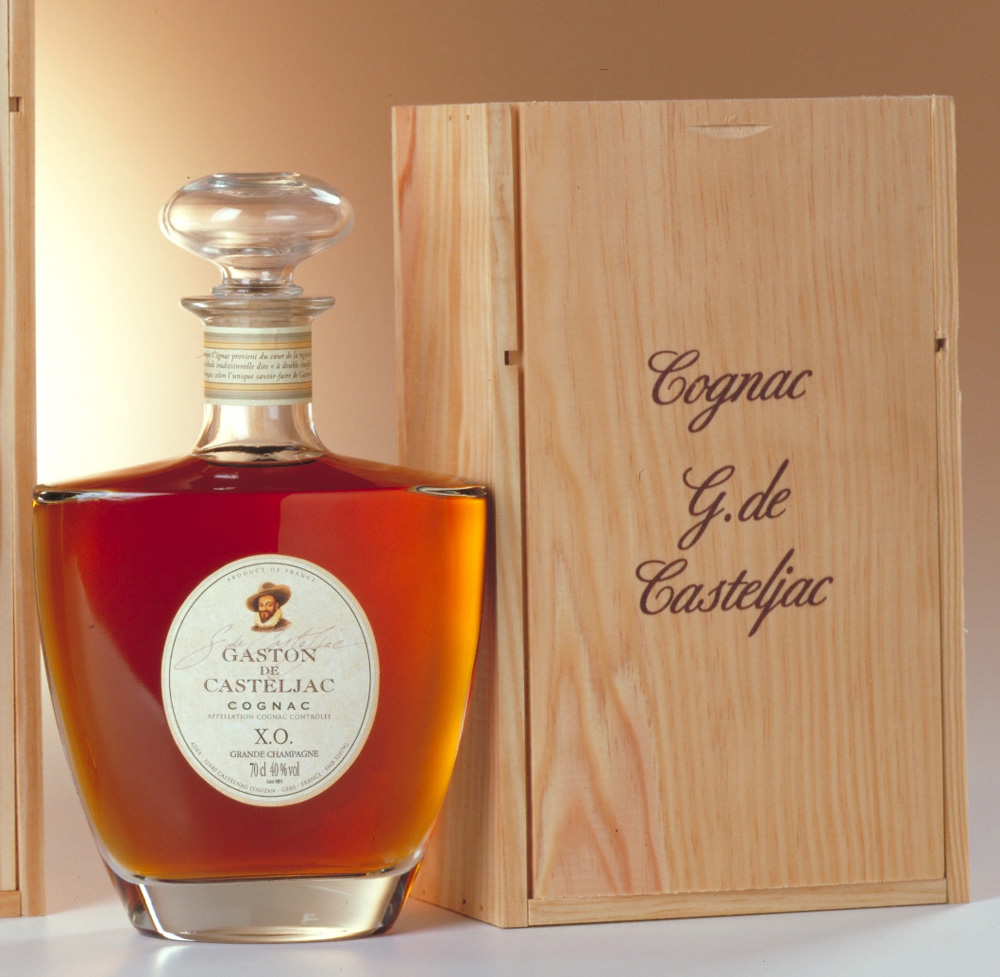
Armagnac, as we have seen previously, is documented right back to 1210 and, although many technical improvements have been made, distillation remains, primarily, a single-stage, continuous process to around 56% by volume, which maintains the fruit-driven aromas and rich flavours of the young eau-de-vie.
Calvados can only be made in Normandy and is first referenced in a manuscript from 1553.
However, it is not until the 19th century, when phylloxera ravaged the vineyards of Europe, that Calvados became more of a commercially viable venture. Distillation of long-fermented cider is undertaken using a two-stage method and either a copper pot still or column still. The second distillation takes the young eau-de-vie to roughly 70% by volume.
When it comes to ageing, all three eaux-de-vie use French oak barrels, albeit of different sizes: commonly 350 litres for Cognac, 400 litres for Armagnac and 225-600 litres for Calvados.
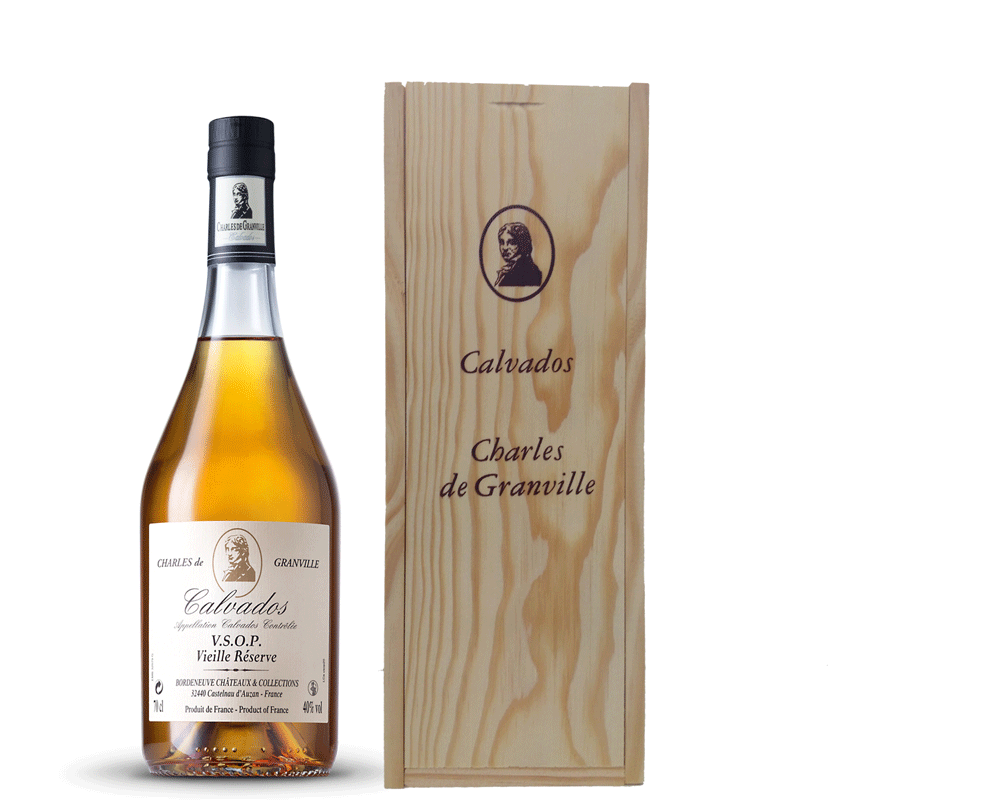
Although also possessing a full range of blends of differing ages and qualities, Armagnac is, classically, much more adapted to the international vintage market than either Calvados or Cognac; the Baron himself commercialises vintages going back to 1900 (the year in which the Paris World Exhibition took place) and possesses a few even rarer pieces in his private collection!
International sales of Cognac blends far outstrip those of Armagnac and Calvados, due to the sheer scale of production and, historically, to the region’s strategic geographic location. Today, 97% of Cognac production is exported to some 160 countries for a total of almost 224 million bottles: over 30 times the volume of Armagnac and Calvados sales combined.
When it comes to flavour profiles, we can also note substantial differences. Obviously, Calvados, being predominantly apple-based (with the occasional pear thrown in for good measure), is crisp and zesty when young but develops beautifully with barrel ageing to reveal, as a general profile, mellifluous notes of stewed apple, caramelised cane sugar and subtle notes of cinnamon.
Cognac, due to its double distillation, has a smooth ‘attack’ in the mouth, which opens out into five principal flavour possibilities: vanilla, prune, caramel, orange and apricot. However, there are a further 63 subtle aromas which have been classified as present, depending, quite simply, on the season of the year during which it is consumed.
Armagnac is generally a more robust and earthy tipple, thanks mainly to its single distillation process, which preserves the inherent qualities of the grapes. Maturation during long barrel ageing provides a broad aroma palette of over 80 different nuances and subtilities: fresh and floral when young, with good structure and summer fruit flavours, it develops luxuriously to feature candied fruits, gentle spicing, leather, chocolate, stewed prunes, cigar, toasted nuts and a plethora of other palate-tickling profiles, as it ages.
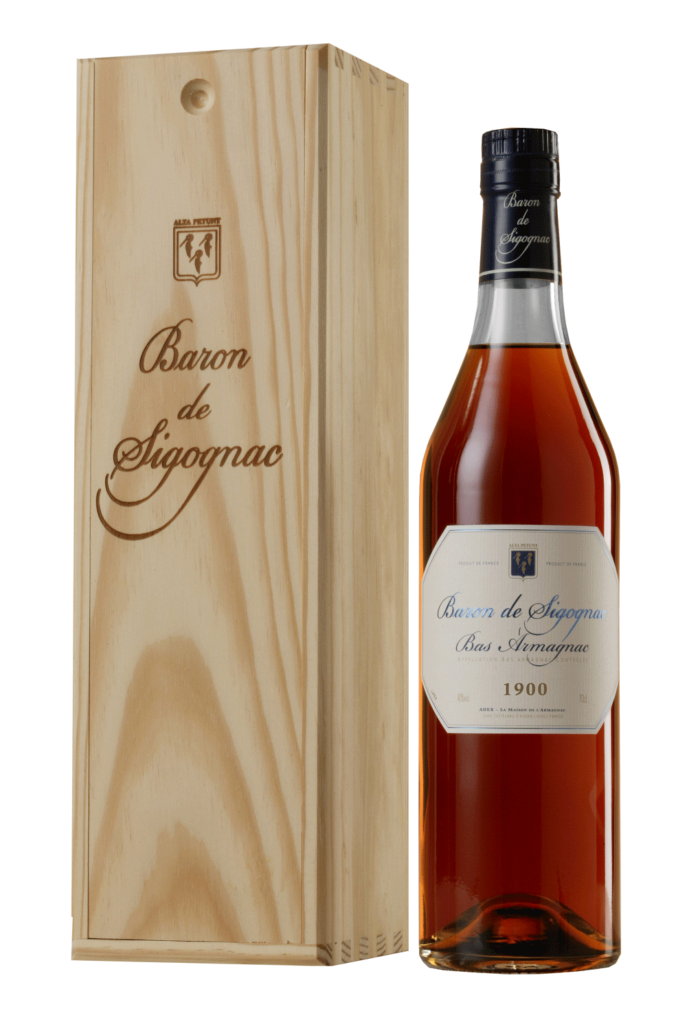
So, although we could spend hours going into further detail, with mandatory tastings to elucidate specificities, bien sûr, the main differences and similarities are clear and easily recognised.
Eau-de-vie is not, neither should it be, a complicated subject: growing-harvest-pressing-fermenting-distilling-ageing-enjoying!
Oh, one final similarity of import: The Baron has his own craft collections of Armagnac, Cognac and Calvados, which you can share at Bordeneuve Chateaux and Collections!
Lead photo credit : Person pouring drink with Bordeneuve logo by Cottonbro at Pexels
Share to: Facebook Twitter LinkedIn Email
More in Alcoholic drinks, Armagnac, Barons Blog, Calvados, Cognac, Noble French Eaux-de-vie


